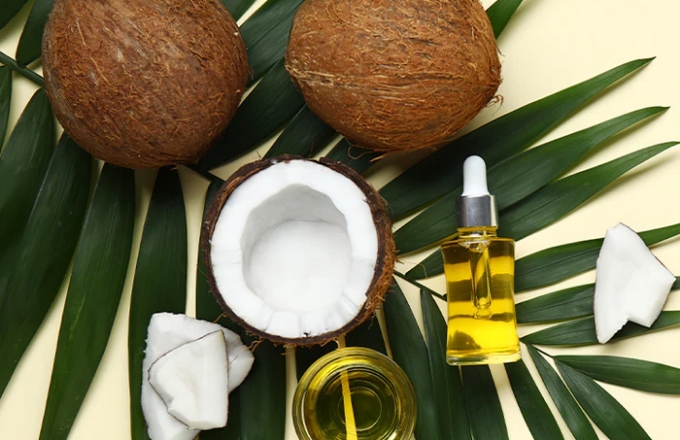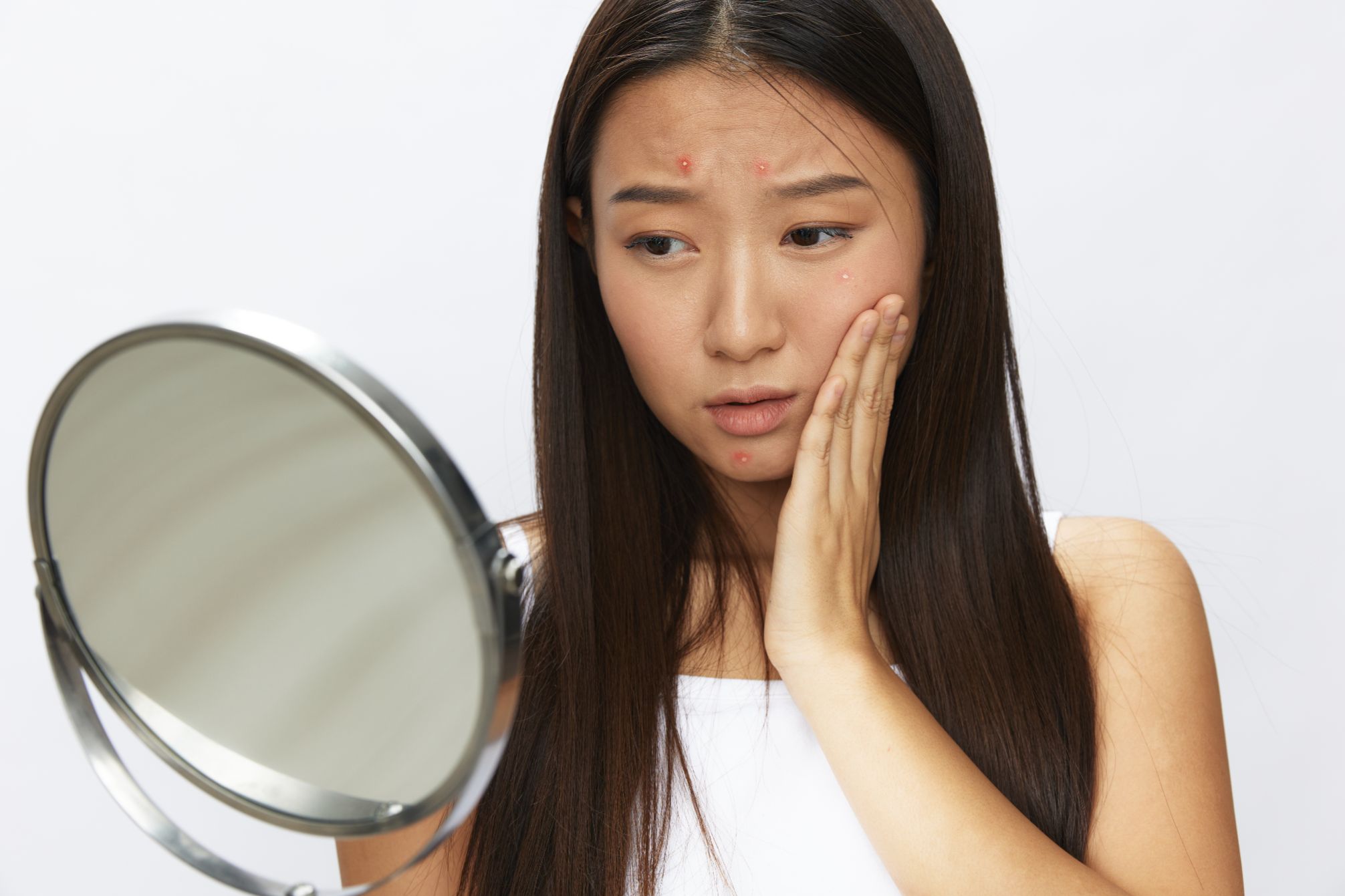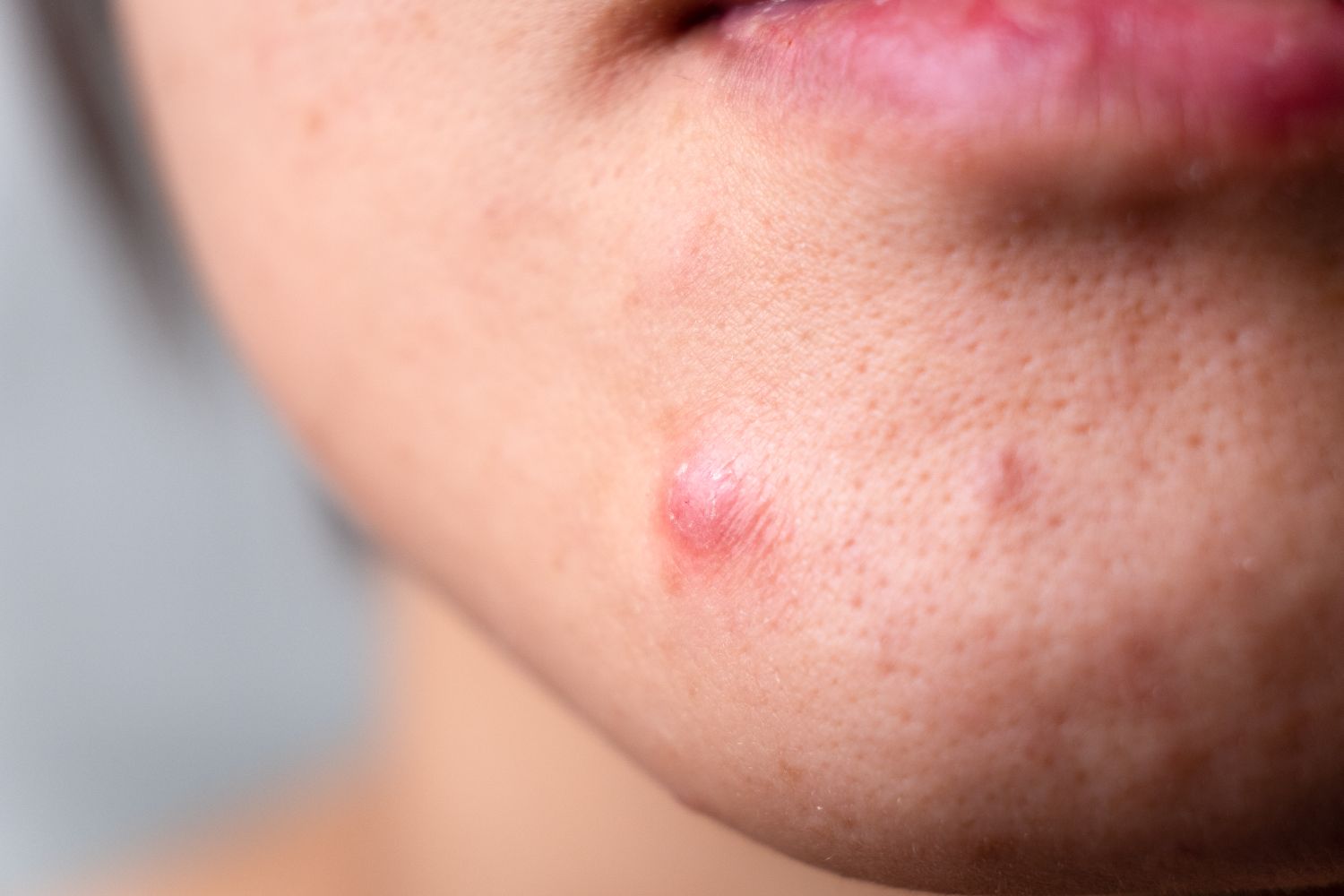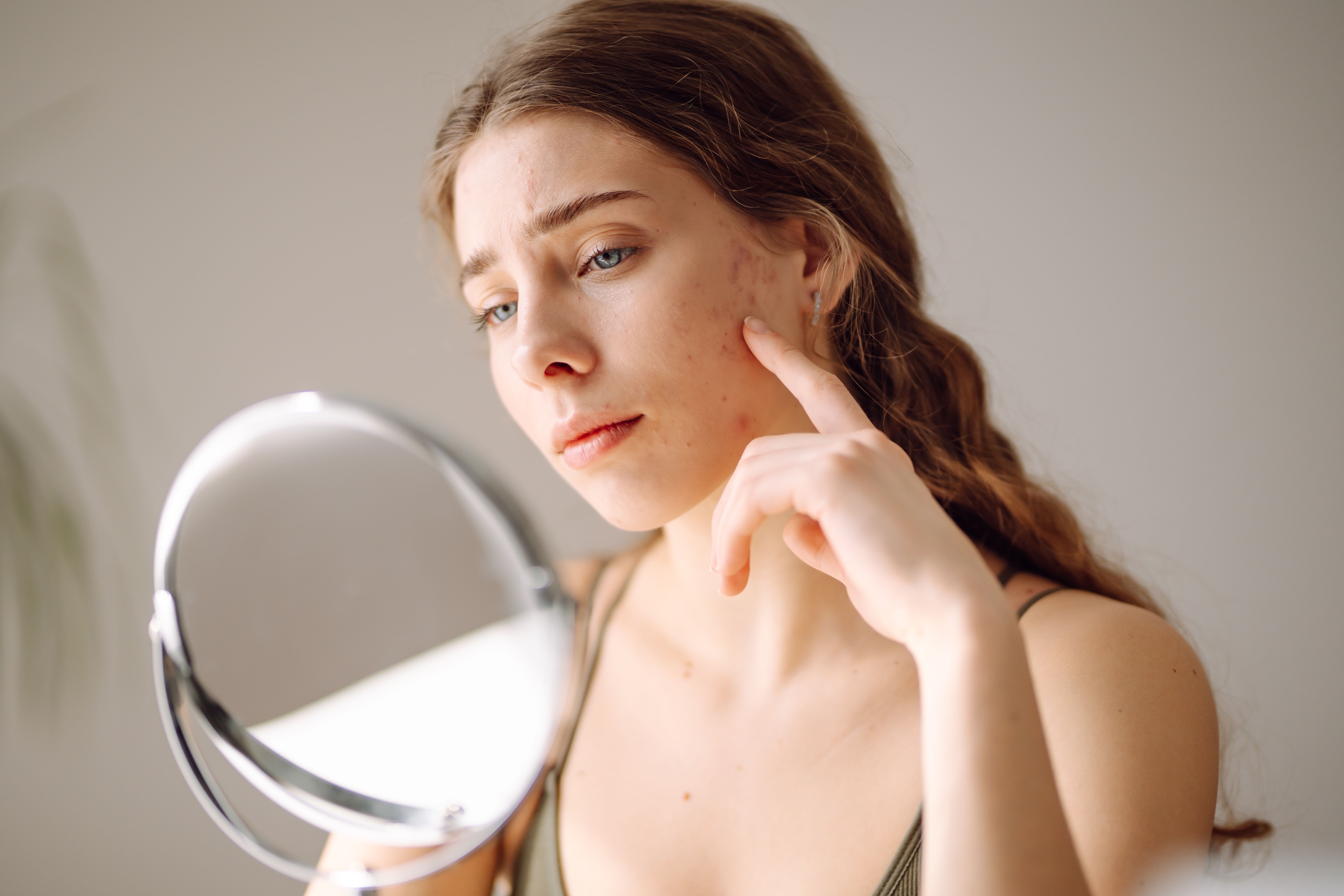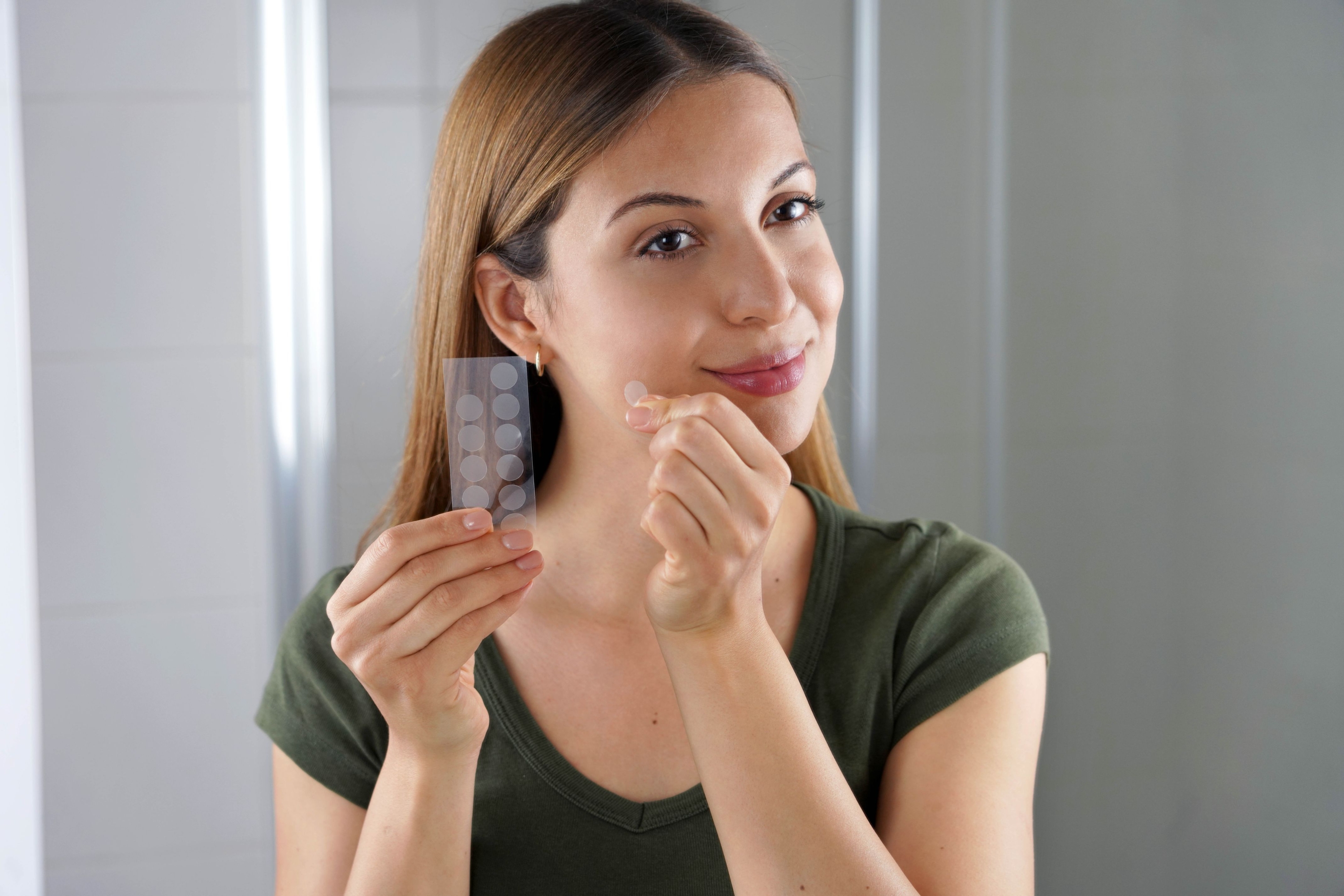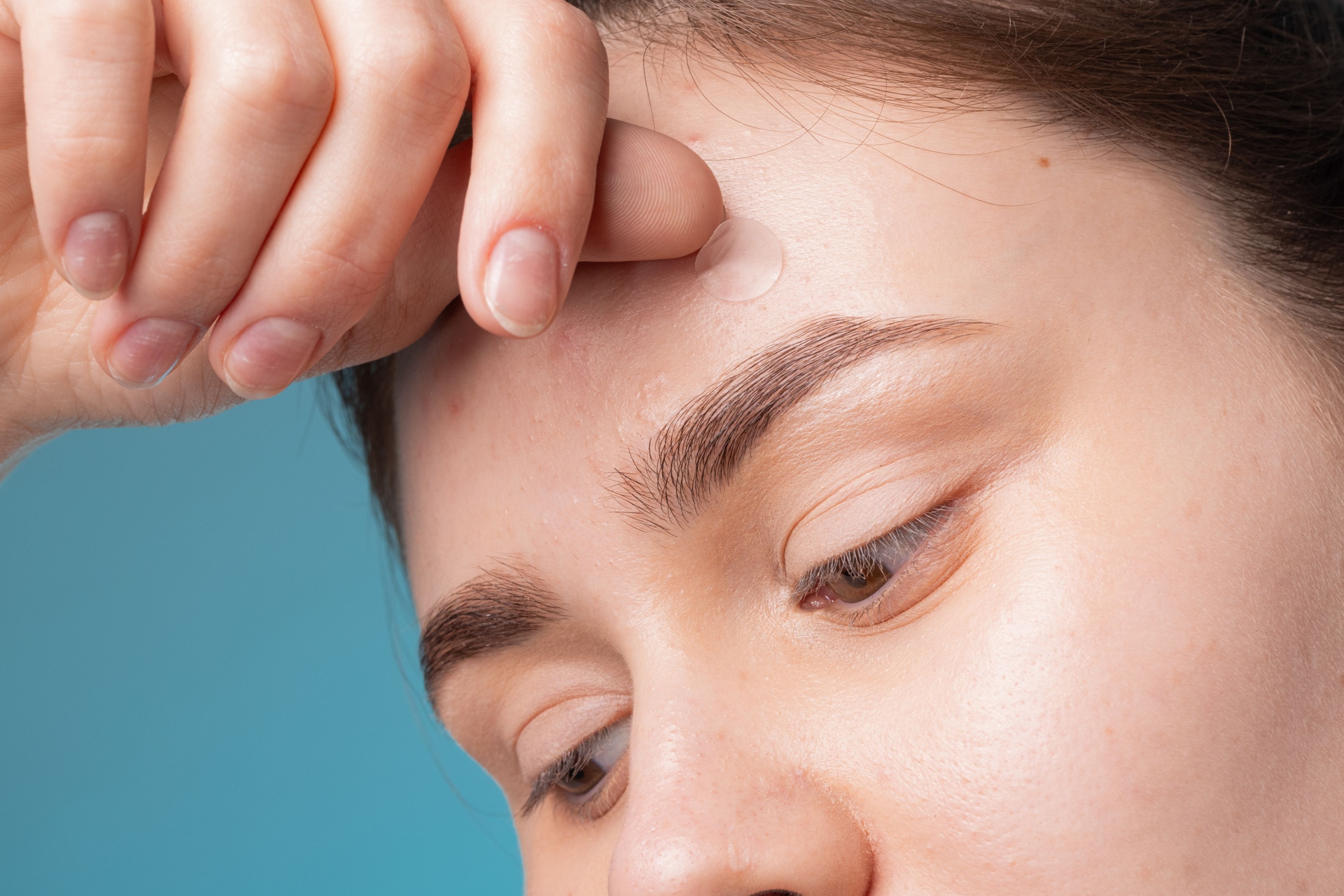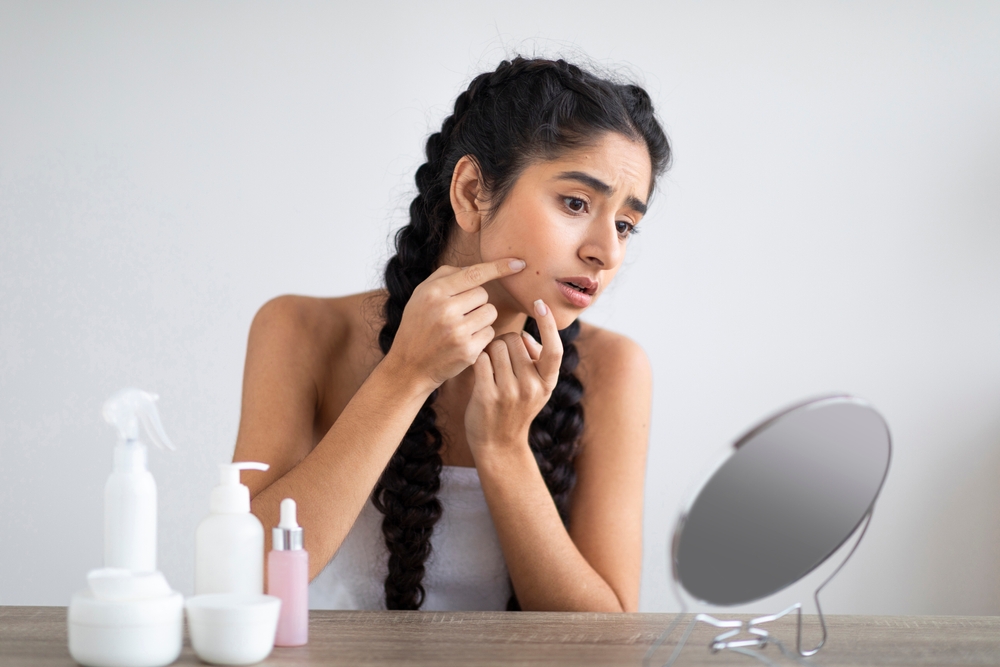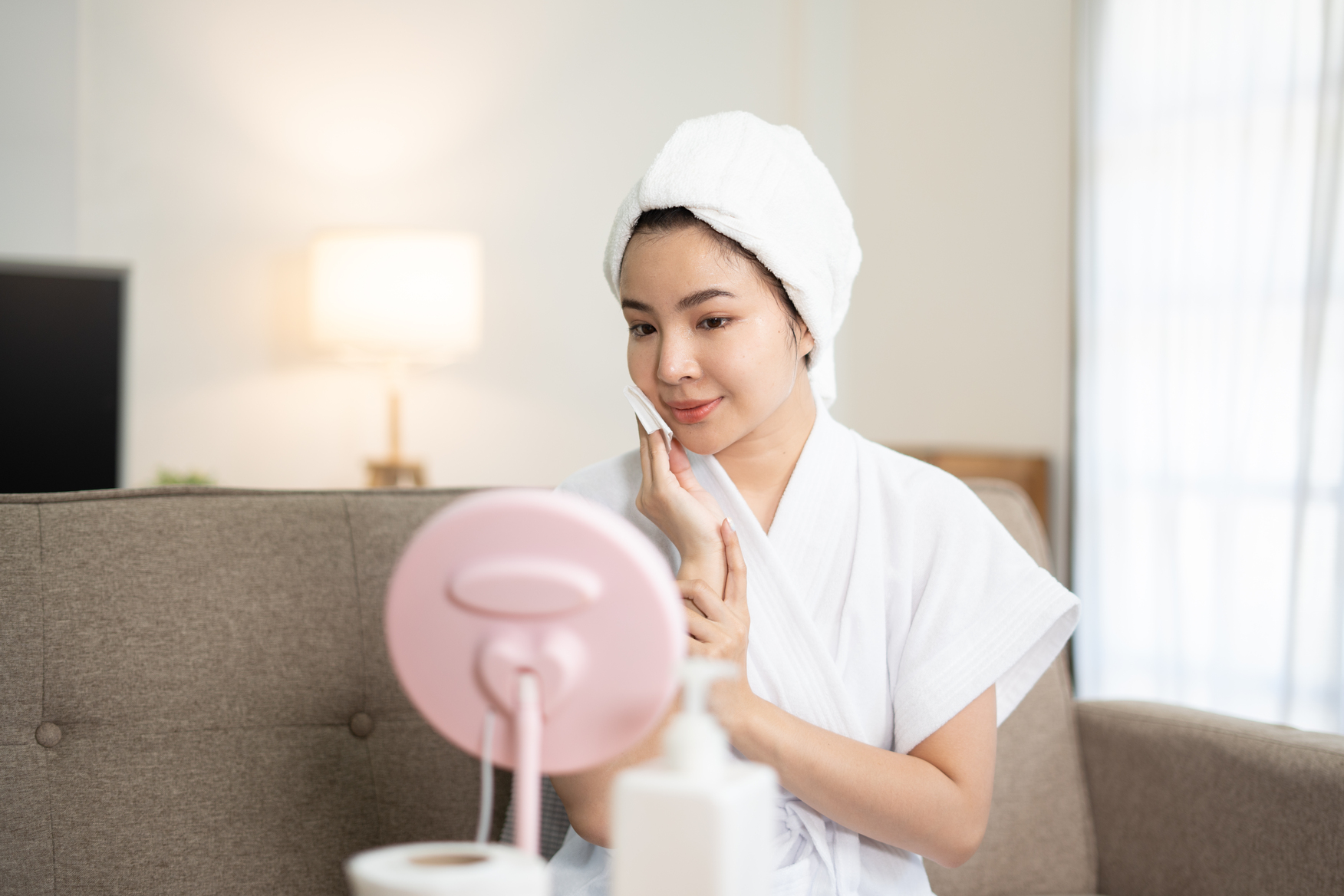Acne & Oily Skin
July 29, 2025
How to Make Pimples Less Red: Quick Relief for Acne Inflammation
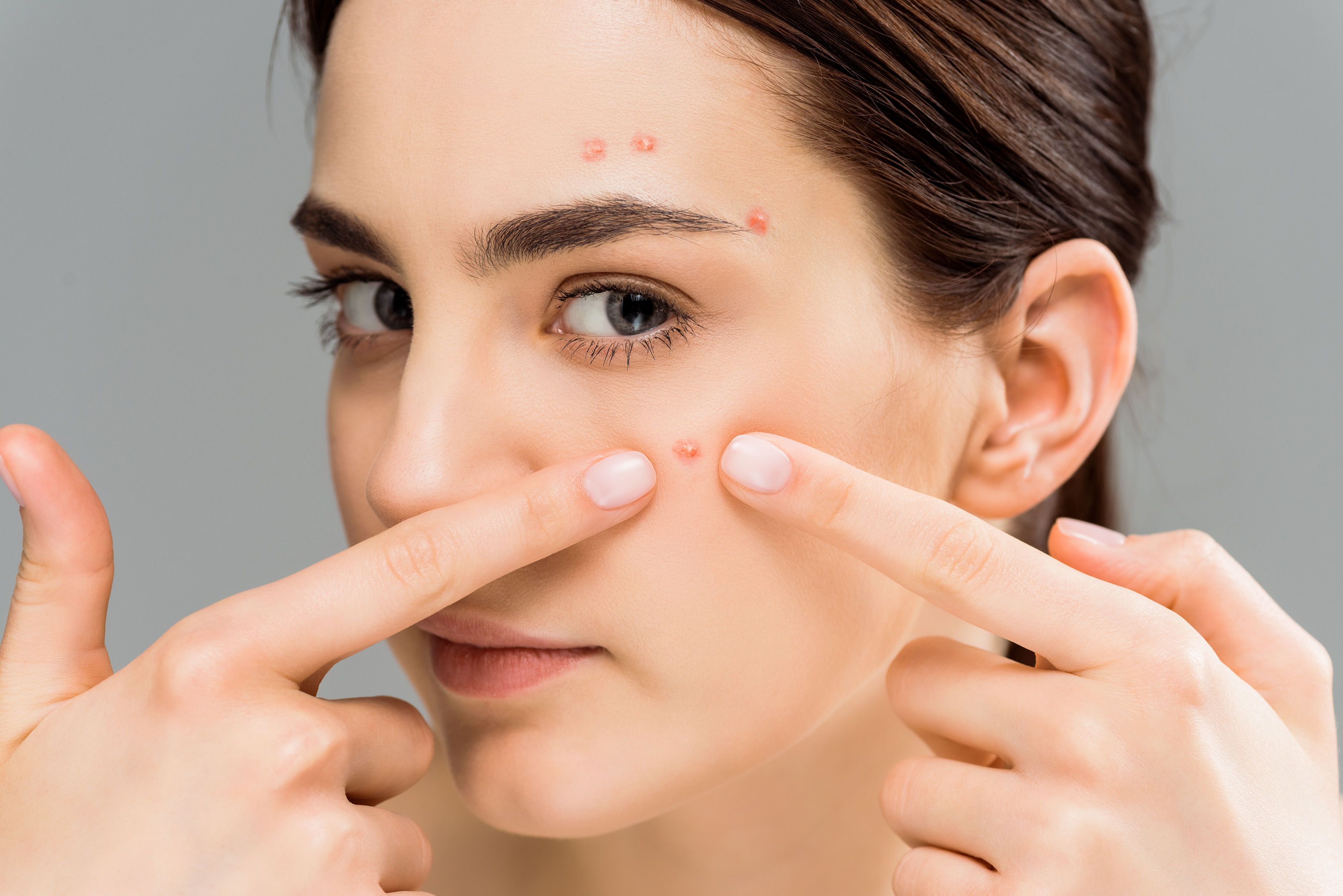
Pimples can feel like unwelcome surprises that disrupt our routines—especially when they appear at the most inconvenient times, such as before an important meeting or event. Whether it’s a sudden spot or a stubborn blemish that lingers, we understand the frustration, but don’t worry; there’s always a way to move forward.
In this guide, we’ll explain why pimples become red, effective methods to reduce inflammation, and practical tips to maintain a healthy, radiant complexion. Clear skin is within reach—and while managing breakouts may not be an easy task, the process is simple, achievable, and hassle-free for you.
Understanding Acne Types
Before we dive into calming that pimple redness, let’s make sure you actually know what’s going on with your skin. Spoiler alert: Not all acne is the same.
Inflammatory Acne
This type includes papules, pustules, nodules, and cysts—those larger, swollen bumps that are often painful and difficult to ignore. The cause? Bacteria in clogged pores trigger your immune system, leading to redness and inflammation. Think of these as the attention-seekers of the acne world—they’re inflamed and unreserved in making their presence.
Non-Inflammatory Acne
On the other hand, non-inflammatory acne includes blackheads and whiteheads. These smaller yet persistent bumps occur when pores get clogged with oil, dead skin, or bacteria. Although they don’t usually cause redness or swelling, they can still affect your appearance.
Pro Tip: Take a moment to assess what type of acne you’re dealing with before jumping into treatment. Different types call for different strategies, and knowing your skin is half the battle.
Acne Redness and Inflammation
When a pimple appears particularly red or swollen, it is mainly due to inflammation—a natural defense mechanism your immune system uses to combat bacteria, dirt, or debris trapped within the skin.
Here’s what happens during this process:
- Increased Blood Flow: Inflammation dilates the small blood vessels (capillaries) under the skin. This surge in blood flow is your body’s way of responding to the problem—though it also makes the area appear redder and more prominent.
- Post-Pimple Swelling: When a pimple ruptures—whether it happens naturally or is manually “popped”—it can cause further irritation, increasing redness and swelling in that area.
If you have fair or sensitive skin, you may notice this redness even more clearly. This is simply due to having more reactive capillaries, which makes your skin show inflammation more easily.
How Long Does Acne Redness Last?
Okay, now for the BIG question: How long is this redness going to last? Acne-related redness—from an innocent little pimple to a full-on breakout—can stick around anywhere from a couple of days to 12 weeks. How quickly it fades depends on a few factors:
- Skin Type: Sensitive or oily skin may take slightly longer to calm down.
- Size of the Pimple: Smaller blemishes like papules may heal in a few days, while larger cystic spots can take weeks.
- Skincare Routine: Your habits matter. Consistent care (especially using SPF) and avoiding picking are key to faster recovery and less redness.
Remember: No matter how tempting that mirror is, good things (and clear skin) come to those who wait and care for their skin properly. It will all pay off in the long run. Step by step, you’re helping your skin heal.
How to Make Pimples Less Red
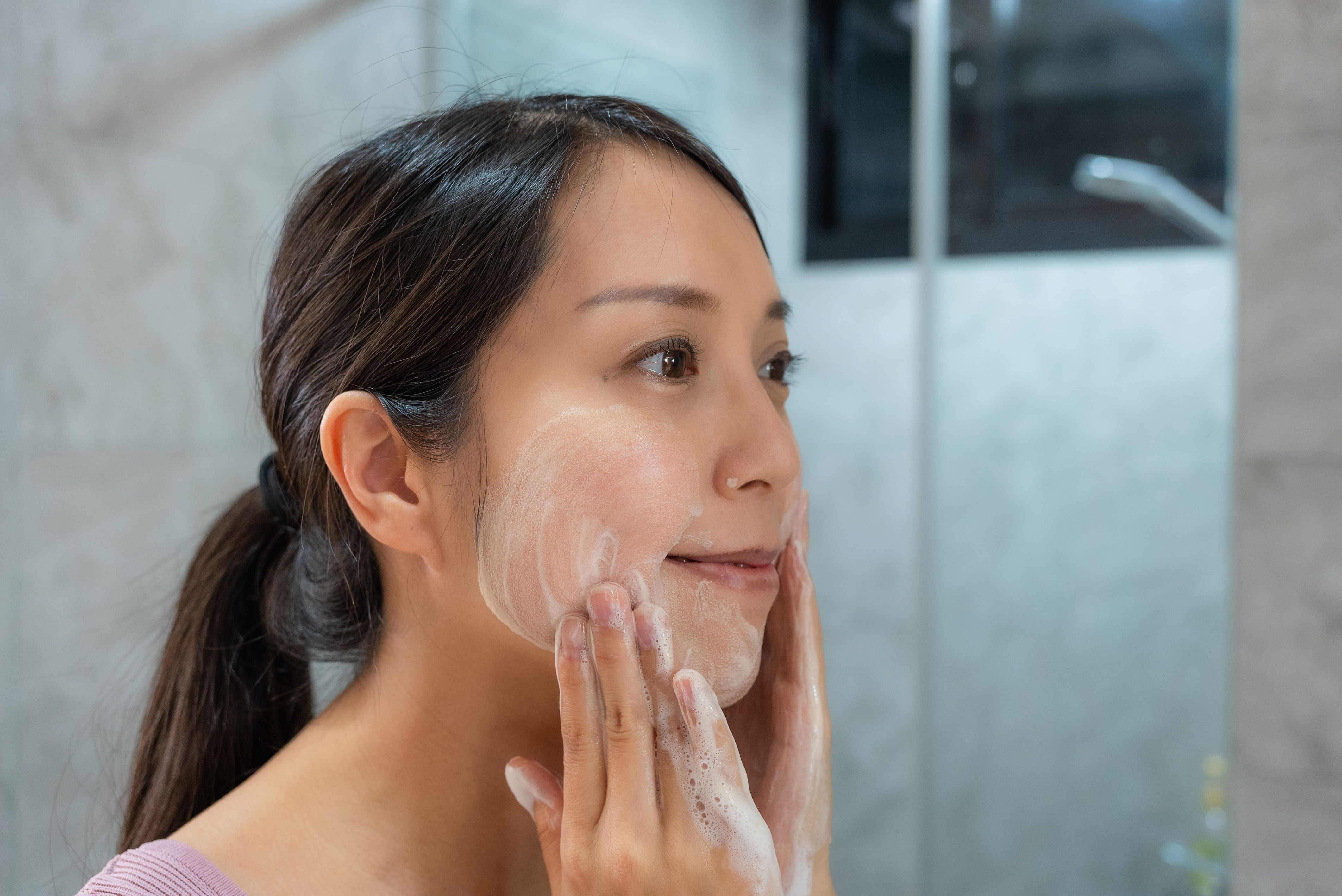
When it comes to minimizing pimple redness, clear steps make all the difference. Below, you’ll find a straightforward plan to soothe your skin and promote faster healing.
1. Avoid Touching or Picking Your Pimples
Step away from the pimple. Touching or picking it might feel satisfying in the moment, but it only makes that redness worse—and can leave you with scars that last a long time. It’s not worth it.
2. Cool Compress to Reduce Redness
A simple cold compress can work wonders to calm inflammation. Wrap an ice cube in a clean cloth or grab a chilled jade roller and hold it over the redness for 5–10 minutes. The cooling action will reduce inflammation and give your skin a moment to breathe.
3. Gentle Cleansing with Non-Comedogenic Products
Mild, non-comedogenic cleansers are your skin’s bestie right now. Harsh scrubs and oils? Not so much—they can strip your skin and worsen redness. Pick a product that's soothing and designed to leave your skin feeling fresh yet calm. After all, the goal is to baby that skin barrier, not bully it.
4. Use Spot Treatments
This is where the real magic happens. Look for powerhouse ingredients like:
- Salicylic Acid: Clears pores, reduces inflammation, and helps prevent future breakouts.
- Niacinamide: A multitasker that soothes redness, improves skin texture, and helps balance oil production for a more even complexion.
- Sulfur: Gently exfoliates dead skin cells, absorbs excess oil, and combats acne-causing bacteria to reduce the size and severity of active breakouts.
Add these to your routine, but don’t overdo it. A little goes a long way.
5. Keep Skin Hydrated 3 here
Here’s the thing: Even if your pimple feels oily or irritated, keeping your skin hydrated with a non-comedogenic moisturizer is so important. Moisturizing not only supports your skin barrier but also helps it heal faster, which means bye-bye redness.
6. Protect Your Skin with Sunscreen
The sun may feel nice during brunch, but UV exposure can make redness worse and slow down skin recovery. So, layer on that broad-spectrum SPF 30+ sunscreen every single day. Your future self (and selfies) will thank you.
Tackle Redness with Confidence and Patience
You’re ready to tackle acne redness with confidence. The key is to be patient, stay consistent with your routine, and treat your skin gently. Healing takes time, and many people experience similar challenges along the way. Caring for your skin is a valuable investment in yourself, and we’re here to support you throughout the process. For expert-backed solutions to calm redness and reduce inflammation quickly, explore dermatologist-recommended tips and products at Derma Angel.




